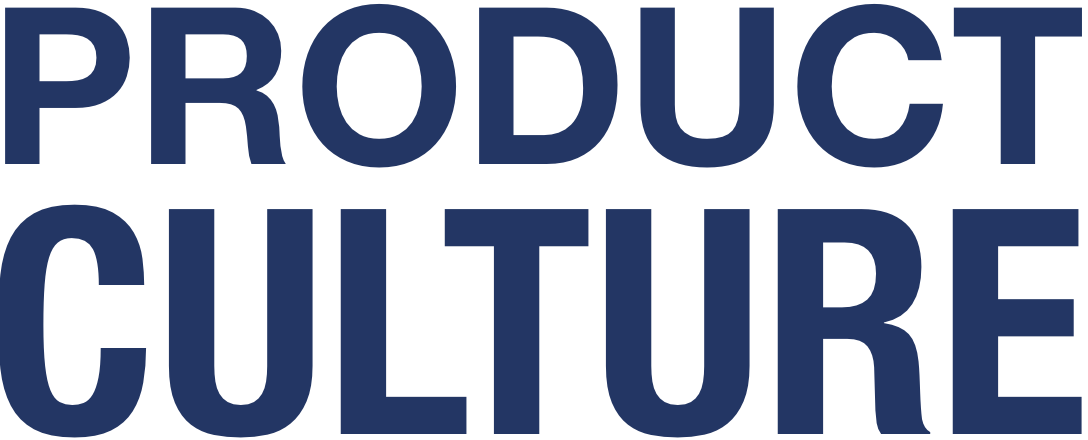The minute somebody dangles a $3M deal, everyone forgets everything we told them in the last year. To prevent this one-off deal from derailing your entire roadmap, you need to pre-sell your roadmap before the deal hits the table.
Read moreONE THING on Managing vs. Leading
Rich Mironov was right: Most CPOs are managing when they should be leading. You were probably promoted for your product management skills — customer discovery, prioritizing, and executing roadmaps. But leading at the CPO level requires different skills entirely.
Read moreONE THING on Honest Tension
Executive teams often seem set up for conflict. How to deal: name the tension, acknowledge the reality openly, and work together to navigate it.
Read moreONE THING on Smart Metrics
Are you tracking the right metrics? Most product leaders don’t track metrics often enough. The magic is when you track leading and lagging indicators together so you can learn what drives what.
Read moreONE THING on Clear Strategy
Your job isn’t just to define strategy — it’s to lead the strategy process. A strategy everyone owns is how you win.
Read moreONE THING on Joining an Exec Band
When you join an executive team, your first job is to identify a need and fill it. It’s like joining a band: they already have a drummer, a bassist, and a guitarist. Your job is to find the gap and play where you can make the whole band sound better.
Read moreONE THING on CPO Origin Story
Fifteen years ago, the CPO title barely existed. Ten years ago, it was still a rarity. Today, every company seems to have one. Is that title inflation? Maybe. But it also reflects a shift in mindset: product is no longer seen as an offshoot of engineering or marketing; it’s the engine of company strategy.
Read moreONE THING on Speak their Language
If you want to succeed as a CPO, learn to code-switch. You are not there to change people; you are there to connect them so that their efforts dovetail.
Read moreONE THING on CPO Blind Spot
Most new CPOs assume their biggest weakness is not knowing the product, tech, or business well enough. They’re wrong. The real blind spot is the customer.
Read moreONE THING on New CPO Shoes
Taking over product from a founder or longtime exec is one of the toughest jobs in product. Work with them to define how they want to be involved—whether as an advisor, a sounding board, or with direct influence.
Read moreONE THING on Think Like a GM
If high-profile leaders like Brian Chesky (Airbnb) defecting from the idea of product management has got you feeling the pressure to justify your team’s existence, this one’s for you.
Read moreONE THING on Expectations of CPO
Walking into a CPO role without setting expectations is a recipe for failure. Every executive will have their own idea of what ‘product’ means. If you don’t define your role, they’ll do it for you.
Read moreONE THING on Jargon
When entering a new industry, starting at a new company, or working in a specialized field, preparation is your friend. If you hear a stakeholder use a term you don’t recognize, write it down and look it up. You can even build a glossary of definitions and acronyms and study it to help you converse with them.
Read moreONE THING on If/Then
Have you ever left a meeting thinking everyone was on board, only to have the plan unravel when one stakeholder reverses course afterward? Here’s a technique to surface those hidden misalignments:
Read moreONE THING on Product Pipe Dream
ONE THING on Bad Ideas On Purpose
When leading a stakeholder meeting, consider starting with an intentionally flawed idea. Invite the group to evaluate it dispassionately and agree on why it doesn’t work.
Read moreONE THING on Fist of Five
When you are trying to gain alignment between stakeholders, and you are unsure of how close you are, try using the Fist of Five technique. Ask each participant to hold up a number of fingers between zero (no confidence) and five (complete confidence). Then ask low scorers to articulate their doubts.
Read moreONE THING on Diplomacy with Language
Shuttle Diplomacy is when you have one-on-ones with key stakeholders to understand their priorities and perspectives. During these meetings, share a draft of your roadmap and invite their feedback. This helps avoid unpleasant surprises and grumpy stakeholders when the roadmap is unveiled.
Read moreONE THING on Language is Value
The common language of roadmaps is value. But not only value to the customer. To gain buy-in, identify the key value to each department and make it explicit. UX cares about value to users. Account managers care about retention. The language of sales is cold hard cash. This is what you were hired to do: to translate around the organization so you can create alignment.
Read moreONE THING on Bloated Teams
Smaller teams spend less time on internal communication and coordination. In fact, adding a seventh person to a six-person team can actually reduce overall efficiency; the extra coordination costs outweigh the benefits of another contributor.
Read more